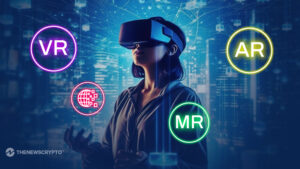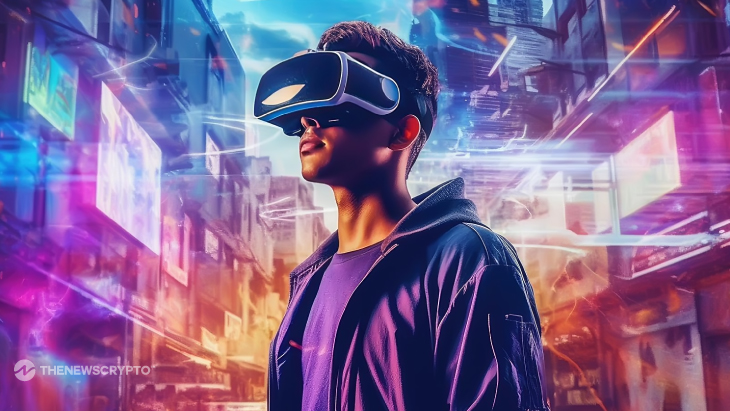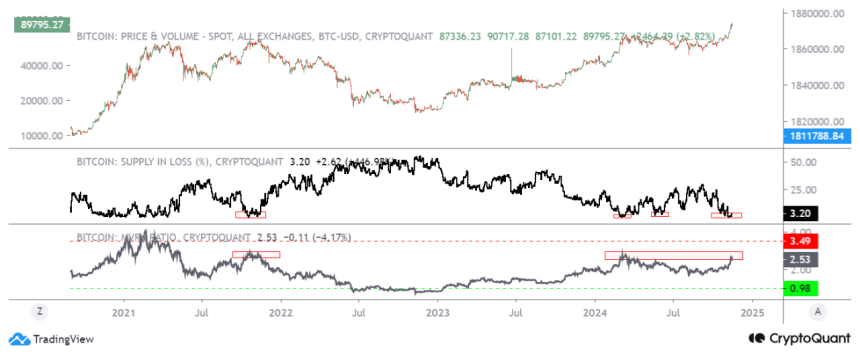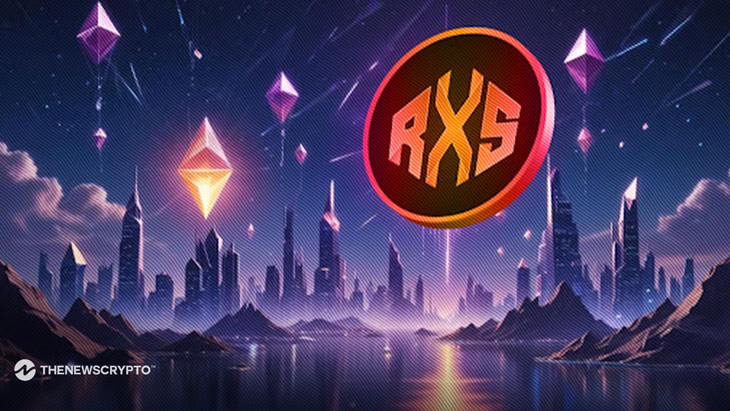
What is Metaverse
The concept of the metaverse envisions an advanced form of the Internet where users can immerse themselves in 3D virtual environments, connected to create a persistent virtual universe, surpassing the limitations of physical space and time with the help of computers, VR technology, and 3D user interfaces.
The inception of the term “metaverse” can be attributed to author Neal Stephenson, who coined it in his 1992 science fiction novel Snow Crash. The technologies that serve as the building blocks for a virtual reality-centric internet have been in development for several decades, tracing their origins back to earlier periods.
The rapid advancement of technologies such as VR headsets and AR glasses has made accessing the virtual world increasingly feasible. However, certain fundamental components of the metaverse, such as sufficient bandwidth and universally accepted interoperability standards, may still be years away or even prove to be unattainable.
The metaverse heavily relies on the progress of virtual reality (VR) and augmented reality (AR) technologies, considering them essential for its development and growth.
- Virtual reality (VR) immerses users in a computer-generated 3D environment that simulates reality by replicating our senses. To access this virtual realm, individuals typically wear a VR headset that envelops their entire field of vision. Incorporating haptic feedback devices like gloves, vests, and full-body tracking suits enhances the level of interaction within the virtual environment, enabling users to engage with the virtual world in a more lifelike manner.
- Augmented reality (AR) provides a less immersive experience in comparison to virtual reality (VR) by superimposing digital overlays onto the real world via a lens or display. Users can continue to interact with their actual surroundings while simultaneously observing and engaging with digital content. The game Pokémon Go stands as an early demonstration of AR, and well-known consumer AR products include Google Glass and heads-up displays featured in car windshields.
Features of the Metaverse

- Avatars
One of the fundamental ideas behind the Metaverse is the creation of digital avatars enabling individuals to express their unique emotions and feelings. These avatars represent personalized digital identities, ranging from static to animated forms. Digital avatars offer an unparalleled opportunity for self-expression, allowing for precise replicas of one’s actual appearance, the embodiment of beloved celebrities, or the imaginative exploration of entirely original characterizations.
- Immersive Experiences
In the Metaverse, participants can enjoy heightened levels of immersion that merge reality with the virtual world through the utilization of mixed reality and AR/VR technologies. AR and VR form the fundamental building blocks for Metaverse endeavors. Augmented reality systems depend on three key components: seamless connectivity between the physical and virtual domains, real-time interaction functionalities, and accurate rendering of 3D objects.
- Blockchain-based operations
Blockchain plays a vital role in the Metaverse by empowering consumers to protect their virtual assets and establish verifiable ownership. This technology provides digital proof of ownership and becomes a crucial component within the Metaverse as data volume, value, and security become increasingly significant. The incorporation of blockchain skills and technology ensures the validity of data in the Metaverse, while artificial intelligence is employed to safeguard its diversity and rich content. By avoiding centralized data storage systems, the blockchain-based Metaverse allows unrestricted access to a multitude of digital realms.
- Artificial intelligence (AI)
AI plays a pivotal role in the Metaverse, spearheading corporate research efforts in various domains such as content analysis, self-supervised speech processing, robotic interactions, computer vision, and whole-body posture estimation. AI-powered chatbots are becoming increasingly prevalent among organizations, and in the context of the Metaverse, these bots take the form of lifelike avatars and serve various roles, such as sales, marketing, and customer support.
- Social interactions
Within the Metaverse, human communication and interaction occur through the use of avatars and visual representations, allowing users to engage and converse with both the Metaverse itself and other users. These exchanges take place within cyberspace, which acts as a virtual representation of the real world.
Industries That Are Getting Transformed by Metaverse

- E-commerce And Retail
The metaverse is positioned as the next significant retail frontier, with the potential to mirror the explosive success of e-commerce giants like Amazon, eBay, and Shopify, drawing in millions of users daily. Leveraging the power of 3D and AR, customers can gain a more immersive and accurate representation of potential purchases, leading to well-informed decisions and fewer product returns. As online retailers embrace these cutting-edge technologies, the shift towards VR and the metaverse becomes increasingly imminent.
- Media And Entertainment
Just as traditional media, social media, live TV, and online streaming have provided channels for content creation and consumption, the metaverse represents yet another means of engaging in these activities. Transcending physical constraints not only fulfills our inherent human desire for connection but also enables us to share experiences and narratives. The world’s largest media and entertainment companies, including Disney, are proactively seeking ways to connect and engage with their fans and audiences through metaverse experiences and events.
- Manufacturing
The introduction of 3D rendering and simulation capabilities marked a turning point for the industry, particularly in manufacturing. With the multifaceted logistical and technical components involved, today’s manufacturing strategies are tailored to optimize for different objectives.
Virtual inspection empowers manufacturers to seamlessly identify and resolve product flaws, enabling them to optimize the engineering process and minimize costly revisions. This results in significant time and cost savings for companies. Virtual training in the metaverse revolutionizes manufacturing by enabling technicians to learn in immersive environments. Employees can safely operate machines and handle hazardous equipment, making training new hires easier and eliminating health-related risks.
- Healthcare
The concept of remote healthcare is transforming the healthcare industry, offering medical services to individuals in geographically remote or underserved areas. Those who face limitations in visiting healthcare providers can now access consultations through remote healthcare assistance. In the metaverse, both patients and healthcare providers have convenient access to real-time patient data, enabling accurate diagnoses. Moreover, psychiatrists and psychologists can create immersive environments within the metaverse to provide aversion therapy for individuals with mental illness.
- Banking and Finance
The metaverse is witnessing the significant integration of blockchain and cryptocurrencies, revolutionizing the virtual economy. This transformative development will completely transform the way individuals manage and engage with their finances. Non-fungible tokens (NFTs) and cryptocurrencies enable individuals to engage in transactions and buy and sell virtual assets within the metaverse. Additionally, banks can establish crypto-based financial institutions that offer customers the convenience of conducting banking activities without the need for physical visits to a branch.





